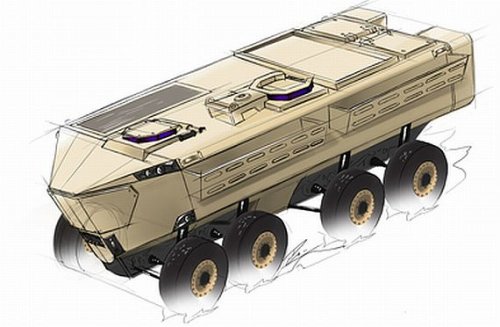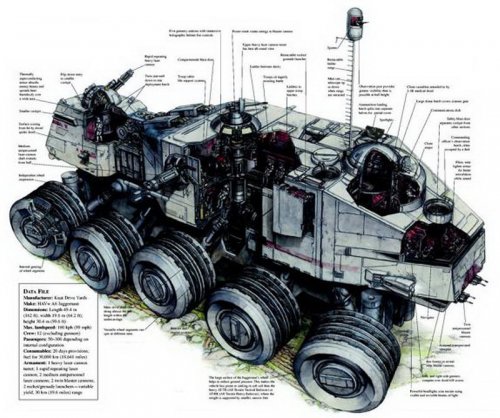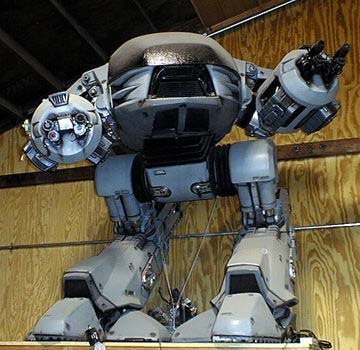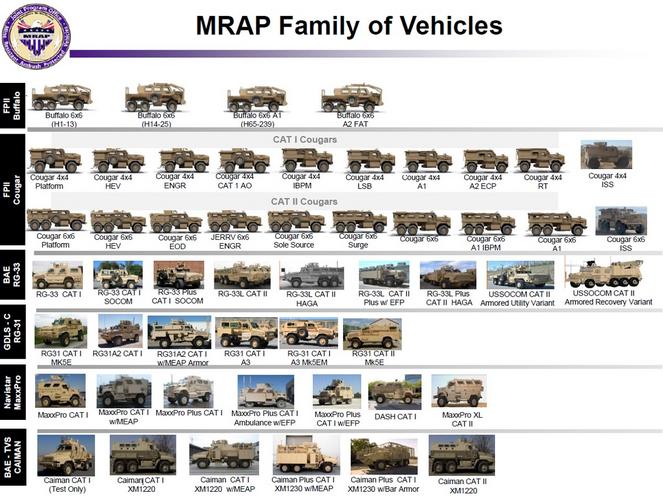"Army pushes forward with project to design lightweight maneuverable vehicle with soldier protection"
July 30, 2014
Source:
http://www.militaryaerospace.com/articles/2014/07/ocp-tecd-demo.html
July 30, 2014
Source:
http://www.militaryaerospace.com/articles/2014/07/ocp-tecd-demo.html
WARREN, Mich., 30 July 2014. U.S. Army combat vehicle and vetronics designers are moving forward with a project to design maneuverable and lightweight land vehicles that protect warfighters inside from explosive blast, crashes, and rollovers.
Officials of the Army Contracting Command in Warren, Mich., announced a $6.5 million contract Tuesday to Pratt & Miller Engineering in New Hudson, Mich., to complete the build, integration, and final testing and evaluation for the Occupant Centric Platform (OCP) Technology Enabled Capability Demonstrator (TECD) test asset with warfighter protection from improvised explosive devices (IEDs).
The OCP TECD seeks to identify, develop, and integrate technologies that will protect occupants of Army ground vehicles with IED protection from explosions, crashes, and rollovers while maintaining or improving the mobility of the vehicle while reducing the weight for that protection.
Electronic technologies involved in OCP TECD efforts include sensors, automatic fire extinguishers, systems integration, and test and measurement.
Pratt & Miller specializes in car racing, processes, and advanced technology for full-service engineering and low-volume vehicle manufacturing. The company has expertise in prototyping and manufacturing of wide range of lightweight tactical vehicles, vehicle subsystems, and occupant protection technologies.
The company has expertise in electronics, autonomous systems engineering, hybrid/electric systems, power train integration, thermal systems, concept creation and development, trade studies, and requirements management for applications in vehicle suspension, chassis, mobility analysis, lightweight systems, body systems, interior systems, blast analysis, occupant protection, and survivability systems engineering.
The OCP TECD addresses gaps in occupant protection; blast research, crash and rollover mitigation, vehicle interiors for protecting occupants, and ground vehicle exterior technologies.
The intent is to provide safe and affordable military ground vehicles for small units conducting patrol, convoy, and transport activities; conducting movement operations in support of unit mission; or vehicles collecting data or aiding wounded.
The OCP TECD program is overseeing the development and evolution of a new and innovative warfighter-centered vehicle design philosophy, Army officials say. OCP provides the means to design, develop, demonstrate, and document a new occupant centered Army ground vehicle design methodology that improves force protection by reducing casualties and mitigating Soldier injury due to underbody mine or improvised explosive device (IED) blast events including the subsequent crash and vehicle rollover that often accompanies the blast.
The program seeks to characterize military vehicles through test and evaluation and modeling and simulation; understand the occupant responses in blasts, rollover, and crash events; and identify commercially off-the-shelf (COTS) technologies that may reduce the probability of injury in these events.
The OCP TECD, it seeks to identify, develop, and integrate technologies that will protect occupants of ground vehicles from underbody threats while maintaining or improving the mobility of the vehicle system while reducing the weight for that protection.
On this contract Pratt & Miller will do the work in New Hudson, Mich., and should be finished by January 2016. For more information contact Pratt& Miller online at http://prattmiller.com, or the Army Contracting Command Warren at www.tacom.army.mil.




